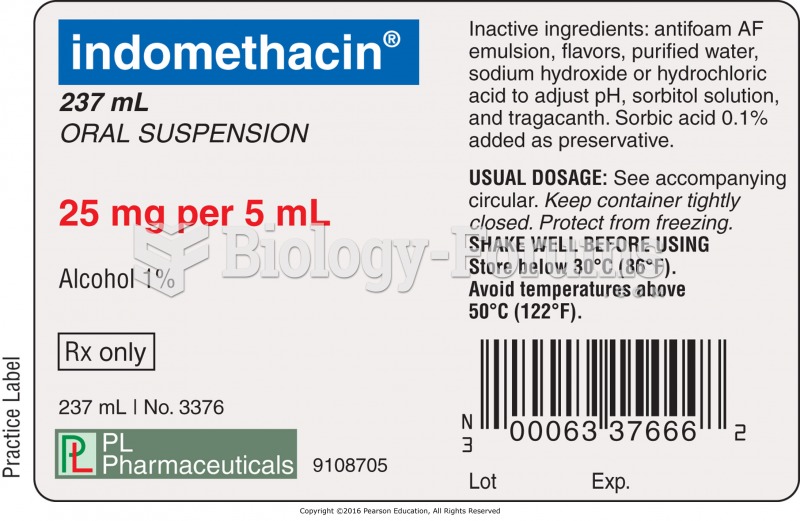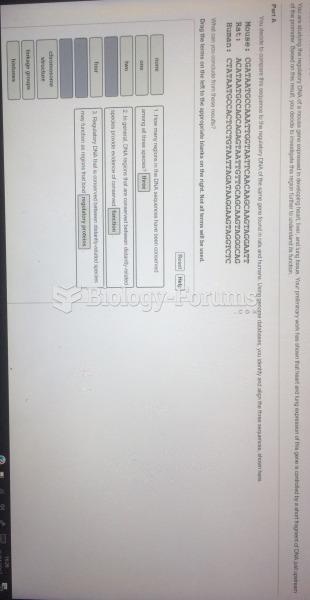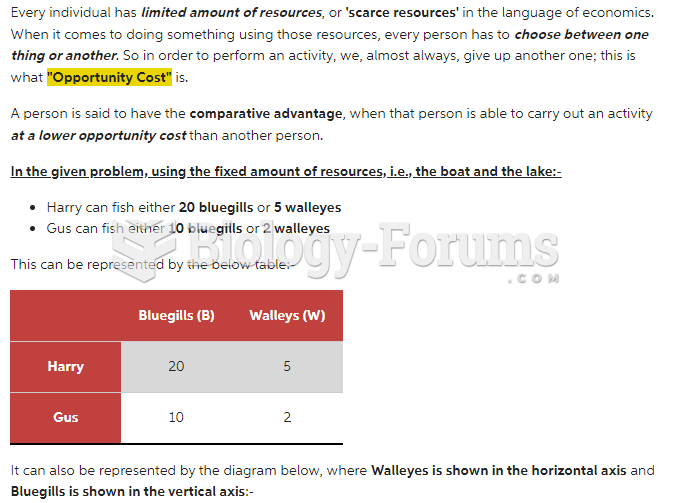Answer to Question 1
The debtor, creditor, or the trustee may bring an adversary proceeding. The trustee may bring an adversary proceeding against a debtor for preference, fraudulent conveyance, and postpetition transfer actions, respectively. By filing an adversary proceeding against the debtor, the trustee may obtain the transferred property if the trustee can prove to the court that the transfer was made fraudulently. The burden of proof will fall on the trustee as the entity attempting to reverse a transfer or prevent the debtor from receiving his or her discharge. Debtors are likely to bring an adversary proceeding against a creditor to determine whether a particular debt is dischargeable, to avoid a lien (known as lien stripping), or to stop a creditor from attempting to collect an already discharged debt.
Adversary proceedings that debtors file seeking to have a debt deemed dischargeable most often concern student loans, which are not typically dischargeable in bankruptcy; however, if a debtor can prove hardship, he or she may be able to have them deemed dischargeable.
Debtors who wish to avoid certain junior liens on property often end up in an adversary proceeding. At this type of adversary proceeding, the first issue is to determine the value of the collateral and whether the creditor's status is secured or unsecured. If, after hearing testimony and reviewing evidence the debtor and the creditor, a junior loan is deemed completely unsecured, that loan is stripped off and treated like the debtor's other unsecured debt. Creditors may file an objection to discharge of a certain debt or all the debts the debtor incurred. The creditor might do this if it has evidence that the debtor acquired the debt in a fraudulent manner.
An adversary proceeding in a bankruptcy case is similar to a civil lawsuit. The plaintiff is the entity that files a formal complaint with the court. The complaint is then served on the defendant. The case is then assigned a number known as an adversary number. The adversary number appears just below the docket number for the main bankruptcy case on all pleadings in the adversary proceeding. A significant amount of preparation by the attorney and paralegal is required prior to the hearing. Discovery issues and exchanges must be dealt with prior to the hearing.
Answer to Question 2
Defenses







